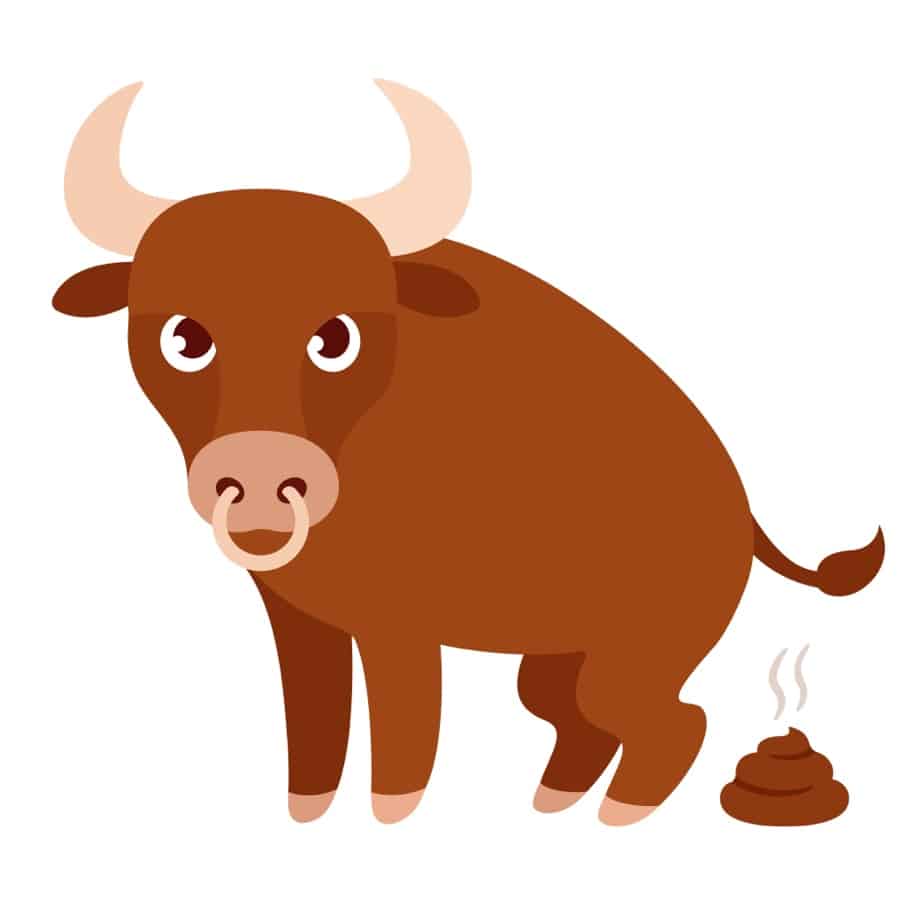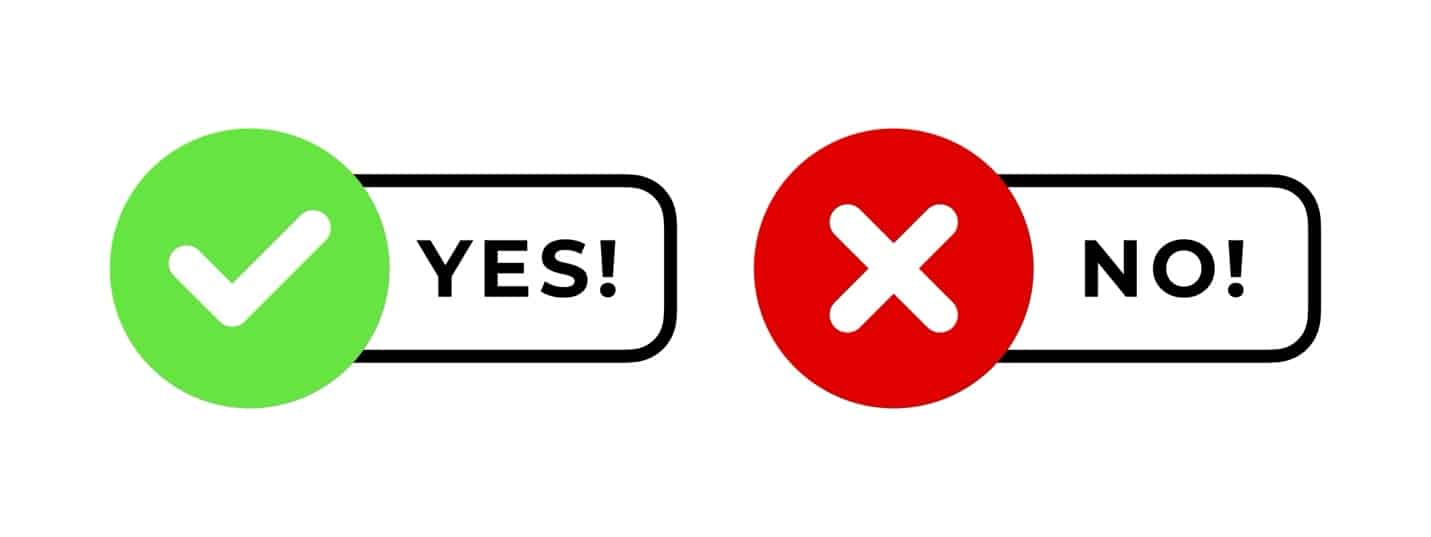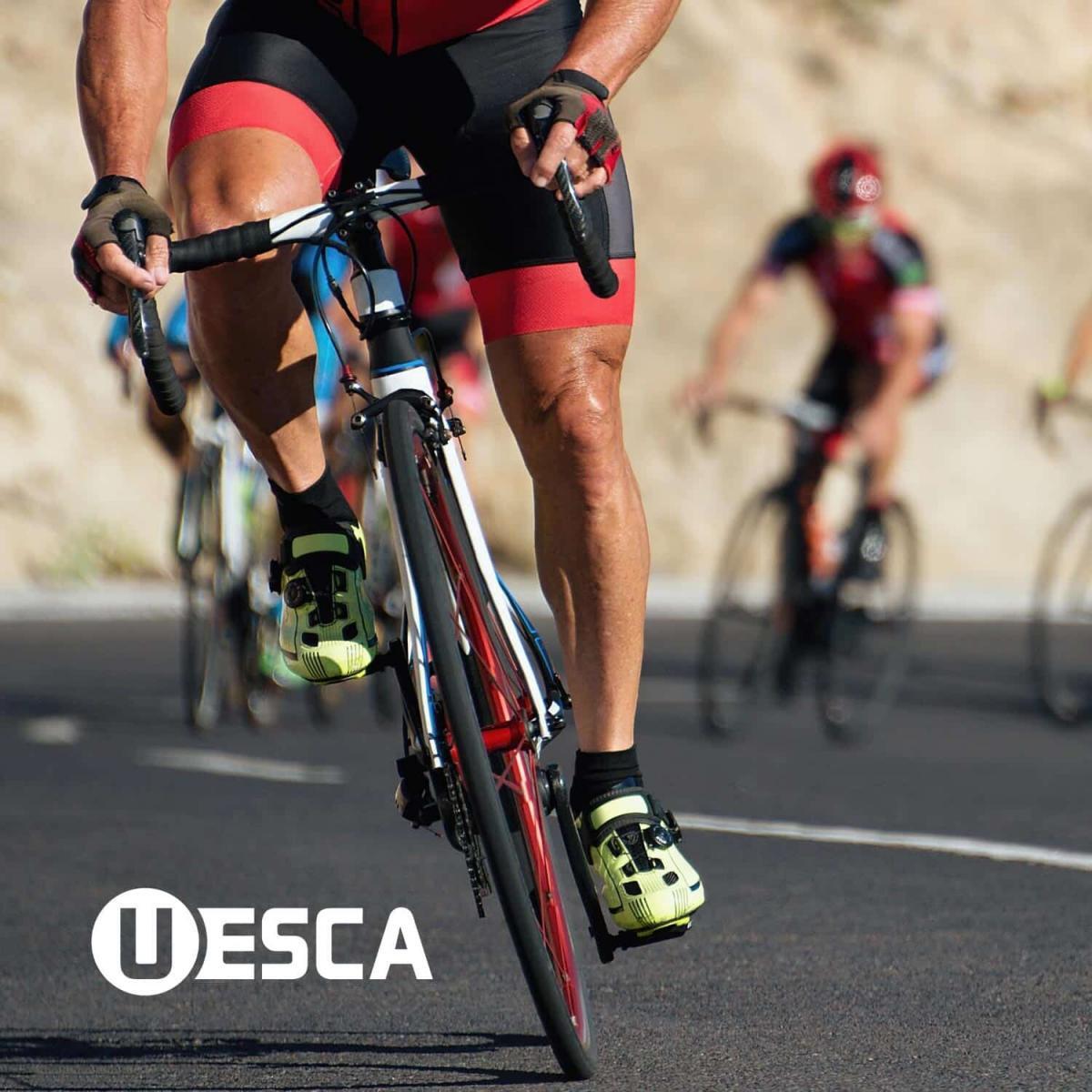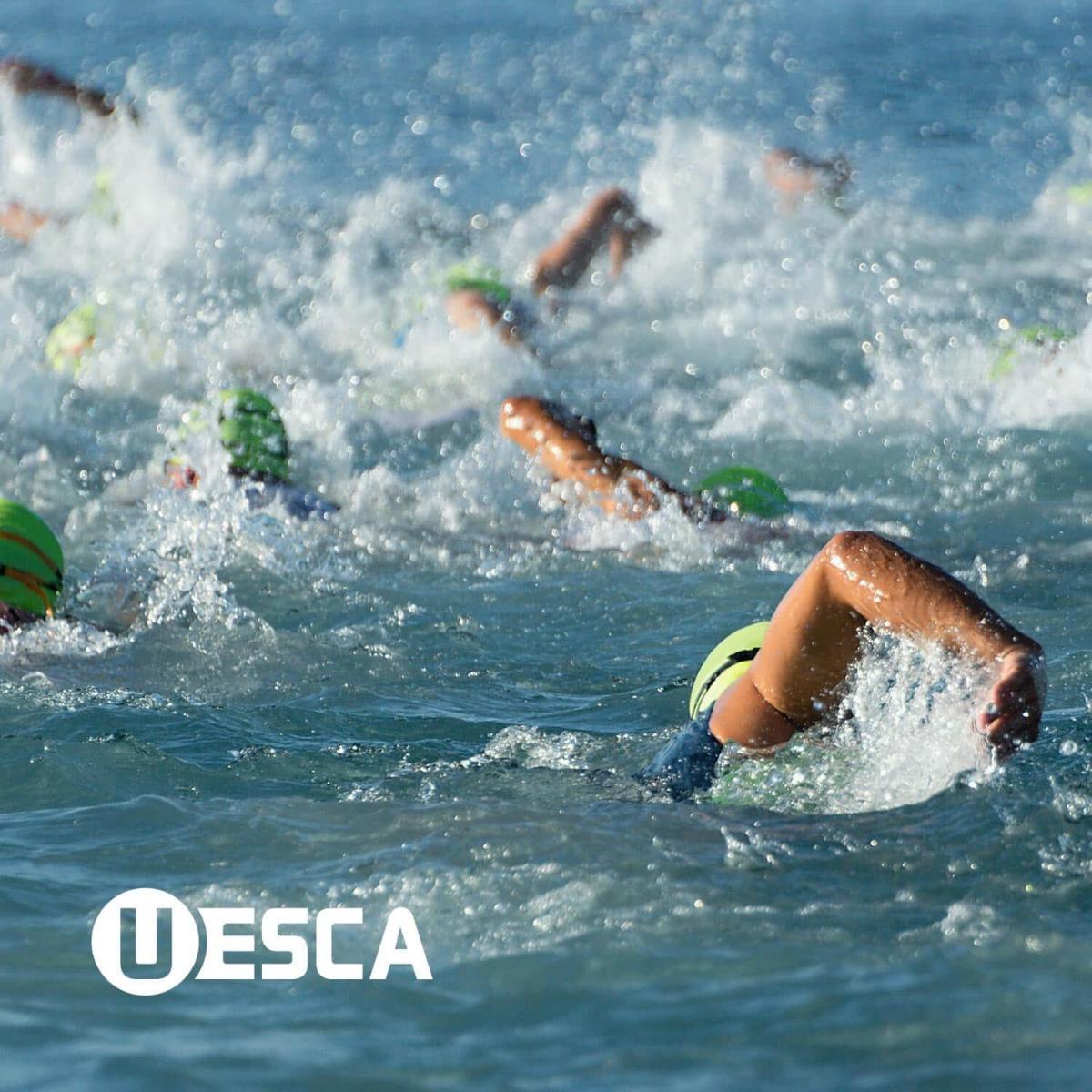On a daily basis we have to wade through expert advice or product claims, training methods, and other such research-based information, but how do we really know what’s true and who to trust? Take a look at this list of Red Flags to help you navigate the BS and find reliable information and people.

One of the great pleasures that I have at UESCA is having conversations with super smart sport scientists, researchers, coaches and allied health professionals. On one hand, it’s super interesting to speak to these individuals. On the other hand, it’s also super humbling to realize how much I don’t know.
In talking with these professionals, I’ve learned quite a bit about many different areas related to sports science and coaching. While each professional has their own area of expertise/study, the one thing that they all have in common is their commitment to integrity with respect to education and the scientific process. More specifically, more often than not, when I speak to these individuals, they will often stress what areas are not their specialty as much as what area(s) is their specialty.
It’s interesting because often, within the area(s) that they denote as NOT their specialization, they still know more about this area than 99.9% of the population – but because it isn’t their main area of expertise and they appreciate that it is the area of expertise of others, they always refer me to those that are the true experts.
So, what does a professional mean in this context? It means that their sole focus and objective is to perform quality research and to educate others on their findings and research in an ethical manner.
In the age of Instagram, TikTok, influencers, podcasts, etc… it seems like everyone is an expert. While of course there is a lot of great content being put forth on these platforms, there is also a lot of BS as well. And unfortunately the BS often floats to the top as it is typically much sexier, and headline grabbing than boring ole’ science. As a result, the BS often drowns out the valid content on these platforms and therefore becomes the newest trend that gets passed along to everyone and their mother.
In my conversations with top-tier professionals, I’ve asked many of them how to decipher brilliant from BS and more specifically, what are some red flags to be aware of that more than likely point to BS. The items below collectively represent their key red flags.
Different Expertise Each Month
As the saying goes, ‘Stay in your lane,’ is quite relevant here. Ask any true professional what they know and what they do not know, and they will be very transparent. Moreover, a professional will likely have one, maybe two areas of expertise at most. This is normal.
Therefore, if you come across someone whose expertise changes as the wind blows, you should consider this a red flag. Keep in mind that you can be informed and knowledgeable, without being an expert. For example, based on my conversations with experts, and putting together all of UESCA’s certifications and courses, I feel quite well informed regarding many topics related to endurance sports training. However, being informed and well versed is a far cry from being an expert!
As such, if you come across someone’s IG account who three months ago was an expert in nutrition, two months ago was an expert in environmental physiology and this month is an expert in strength and conditioning… move right along!
Speak in Absolutes

For the most part, there are very few absolutes when it comes to training for endurance sports. Perhaps the most obvious example of this is what works for one person may not work for another. This is because people respond differently to the same training stimuli. This is the case outside the realm of endurance training as well.
Therefore, any time you read or hear someone speaking in absolute terms where everything is black and white and right or wrong, with no potential for a grey area… this is a huge red flag.
Research Moves Slow
Research is a pretty slow-moving process. As you’ll see in the conclusion section of many professional research articles, it often states that more research is needed for any number of reasons. This is because a singular research article is merely a piece of a large puzzle trying to ascertain a valid finding. To get a statistically significant finding regarding a particular research topic requires a lot of research, and usually by many different researchers.
This takes a lot of time. Therefore, if you find that someone notes that a singular piece of research is the definitive ‘answer’ to a problem or the complete basis for a particular training methodology – buyer beware!
Unproven Claims
This is not all that uncommon, especially in the social media realm. It’s easy to make unproven and unfounded claims. For example, “Rick Prince is the greatest blog writer of all time!” True? Absolutely not. But if you’ve never read any other blogs before, or if I slap in some graphs and make up some statistics about why my blog is the best, I might be able to influence some to actually believe that I’m the best blog writer ever.
Often, unproven claims will be loosely based on research but will often have a slant toward the person’s bias. Here’s the thing… most of the people making unproven claims know that most people will not do any due diligence into the accuracy of their statement and will just go along with it. This makes unproven claims that much more prevalent.
Not All Research is Created Equal
“Show me the research.” I worked for a boss once that any time someone disagreed or challenged him and his dogma, he would make that statement. But here’s the thing, there is good research, OK research, and bad research. Moreover, it’s not that hard to take a snippet of any research article and spin it to align with the agenda that you have.
As not all research is created equal, it’s not enough to cite any research article to prove a point. The research must be done properly and ethically. In summary, just because a research article denotes XYZ finding, it does not necessarily mean that the finding is valid.
Specific Verbiage

This is one of my favorites, as you tend to see specific verbiage noted by BS artists. If you see any of these words, your BS meter should be going off!
You get the point. In training and racing, like life – there are no true shortcuts. While there are informational sources out there that may help expedite the learning process or help with one’s athletic performance, there is no singular thing that across the board will help all individuals. And if there are… they are not proprietary – they are likely common knowledge packaged to appear as a ‘hack.’
System or Method
As noted above, the words ‘system’ or ‘method’ are often red flags. That being said, I get it. I mean, who wouldn’t want an exact system or method to follow that would guarantee results? I would. However, unfortunately that’s not how the body works and as noted previously, how one person responds to a specific training stimuli will likely be different to how another person responds to the same stimuli. At the core, this is why systems and methods are not the domain of quality coaching and quality learning experiences.
Go to the Source

A product that promises to prevent the dreaded muscle burn cites several studies in their marketing. Well, go check em’ out! To be very clear, reading and understanding professional research articles is not always easy, or even possible if you’re not well versed in the area being discussed. However, at the very least you can read the abstract and findings to see if they more or less align with the product’s claims. As mentioned above, often the assumption is that people will not go to the source and that so long as research is cited, that’s good enough to convert individuals to buyers.
N of 1
This one is also quite prevalent – especially in the social media realm. With respect to endurance sports training, ‘N of 1’ refers to the personal experience of a singular person who then passes off the results of that experience as the way everyone should train or race. For example, if I found that doing wall sits improved my 5K time (or so I believed), I would then tell all of my social media followers and coached athletes that they all need to do wall sits if they want to improve their 5K time.
It doesn’t take a rocket scientist (or sports scientist) to appreciate that this is not a valid method to determine how to coach athletes… or to even pass along information.
Sadly, many athletes are influenced by N of 1 marketing and are often let down by their results.
Correlation Passed Off As Causation
This is a common ‘strategy’ and marketing tool. Correlation refers to a relationship between two variables, but one variable doesn’t necessarily cause the other to occur. Conversely, causation implies that a change in one variable directly relates to a change in the other.
My favorite correlation vs. causation example occurred in the 1980’s when NYC had a big crime problem. An academic found that there was a strong correlation between crimes being committed and the amount of ice cream sold by street vendors. While correlated, one did not cause the other. The unmentioned variable is that more ice cream is sold in the summer and more crime occurs in the summer as well.
Therefore, be wary of someone passing off correlation as causation.
The Best Thing You Can Do: Ask Questions

The effectiveness of a BS artist largely hinges on the expectation that the unassuming customer (or athlete in this case) will not ask questions… or at least not informed ones. Therefore, if you’re looking to potentially work with someone but you catch a whiff of BS, ask questions and moreover, ask a lot of quality ones!
When you ask probing questions, either you’ll find out that the person is an expert, or that they are indeed… full of sh#t.








